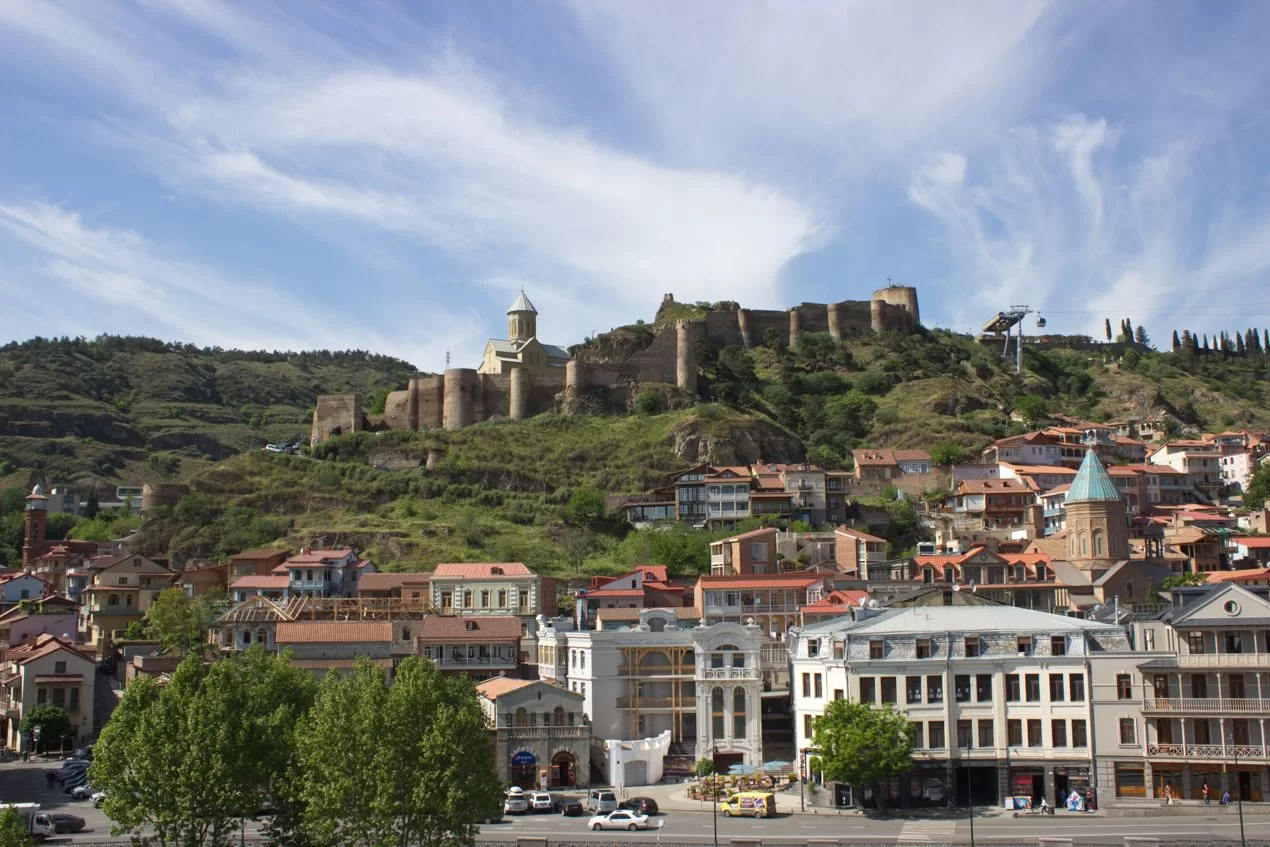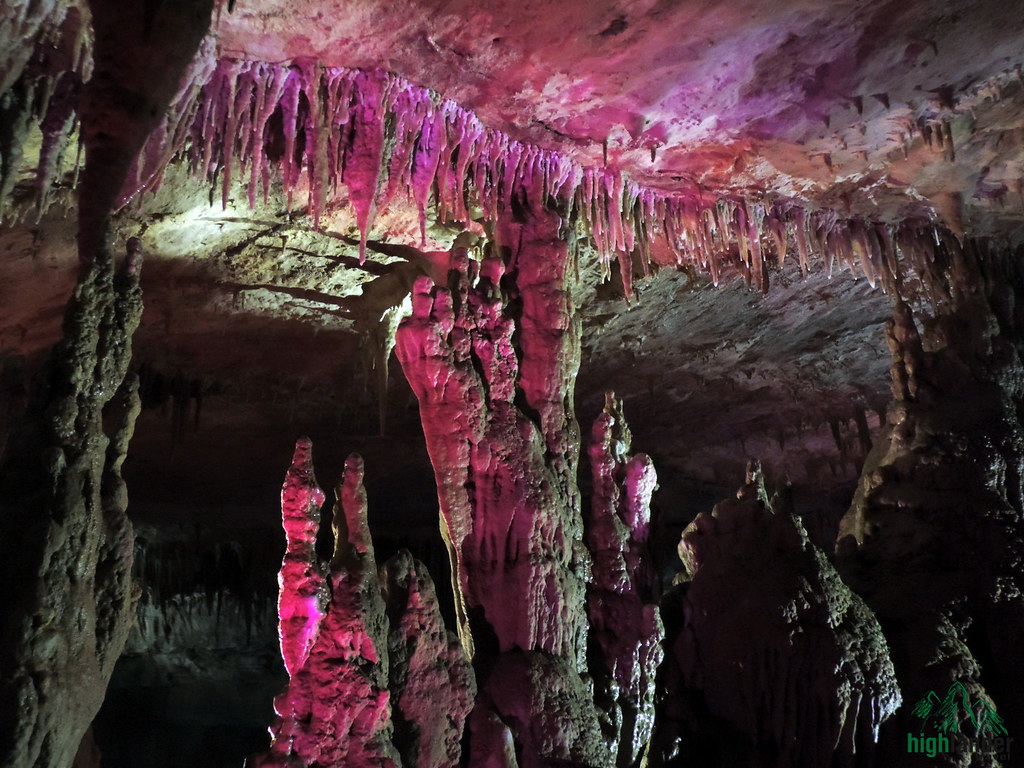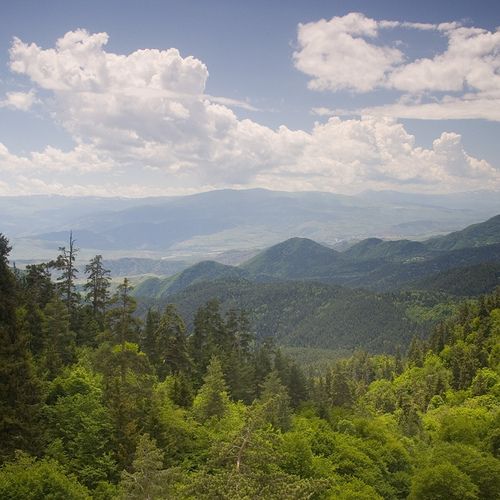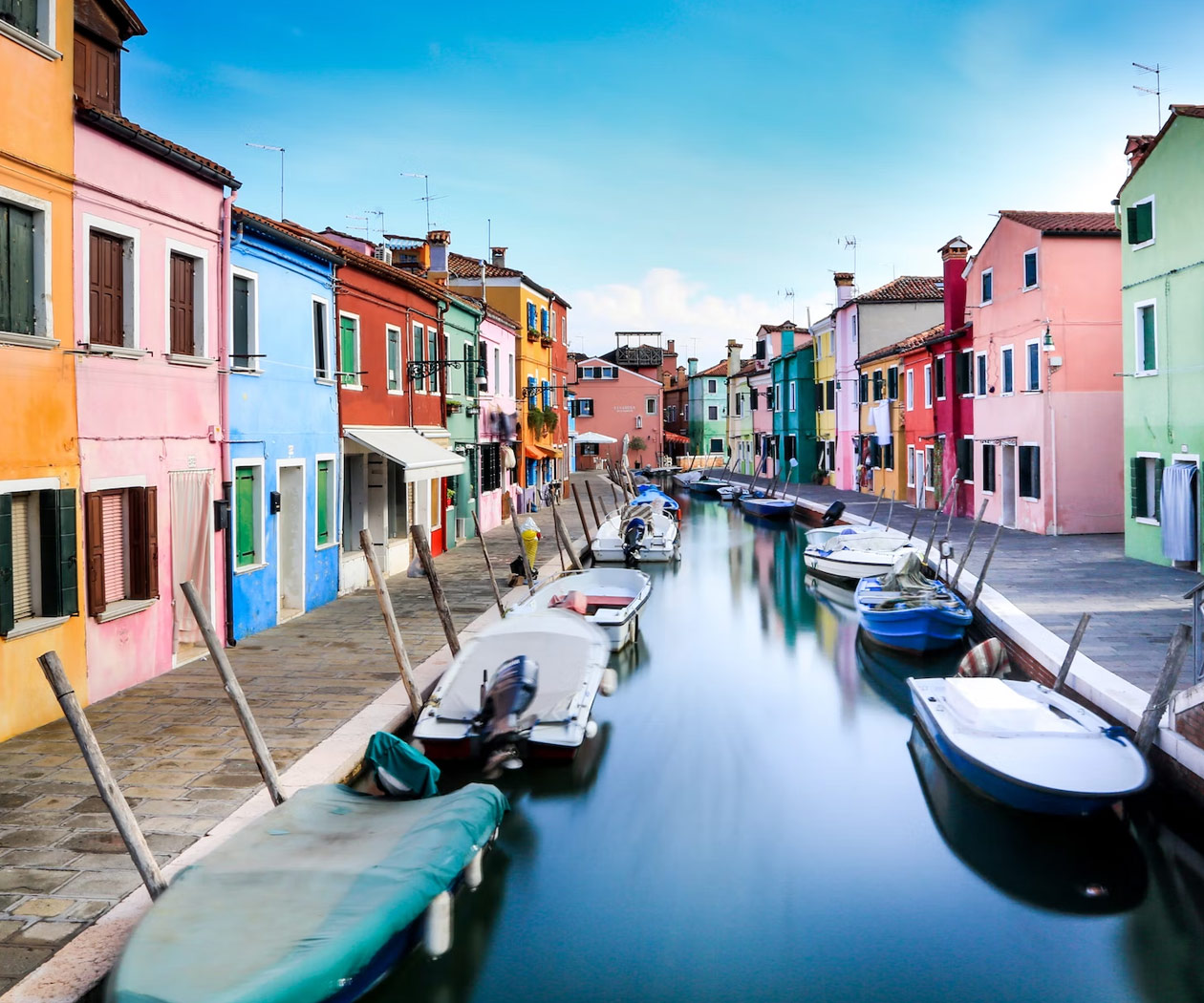Imereti

Where ancient monasteries cling to cliffsides, underground rivers carve cathedral-sized caves, and locals still argue about who makes the better khachapuri.
Imereti is where Georgia keeps its secrets. While tourists flock to Tbilisi and Kazbegi, this lush, green region in western Georgia quietly goes about being magnificent. Medieval kings built their capitals here. UNESCO protects its monasteries. And nature carved out some of the most spectacular caves and canyons in the Caucasus.
The region centers on Kutaisi, Georgia’s second city and former capital—a place where 3,000 years of history meet post-Soviet grit and surprising charm. But Imereti is really about what lies beyond: forest-draped mountains, dramatic waterfalls plunging into hidden gorges, and cave systems so vast they feel like entering another world.
This is Georgia off the main tourist trail, which means better prices, fewer crowds, and more authentic experiences. You’ll still get incredible sights, but you’ll also get invited to someone’s grandmother’s house for chacha and churchkhela.
Why Visit Imereti?
Because it’s real Georgia without the tourist veneer.
Imereti doesn’t try to impress you with Instagram-perfect views (though it has those). Instead, it draws you in with layers. Peel back the first impression—Kutaisi’s crumbling Soviet facades—and you’ll find a golden-age monastery where Georgian kings are buried, a canyon with a suspension bridge that’ll make your heart race, and caves that inspired Greek legends about the underworld.
Here’s what makes Imereti special:
It’s affordable. Kutaisi is one of Georgia’s cheapest cities. Budget guesthouses cost €10-15, excellent meals run €5-8, and entrance to those jaw-dropping caves? Usually 6-15 GEL (€2-5). Your money stretches further here than anywhere else in Georgia.
The caves are world-class. The Imereti Cave Protected Area includes some of Europe’s most spectacular underground systems. Prometheus Cave (Kumistavi) has 1.4 km of electrically-lit walkways through chambers filled with stalactites, underground rivers, and formations that look like frozen waterfalls. Sataplia features dinosaur footprints from 160 million years ago and a glass floor viewing platform overlooking a cliff. These aren’t small-time tourist traps—these are geological wonders.
History runs deep. Kutaisi is one of the oldest continuously inhabited cities in the world (3,000+ years). This was Colchis, the land where Jason and the Argonauts sought the Golden Fleece. Gelati Monastery was the “Second Jerusalem” of the medieval world, a center of learning that preserved knowledge through centuries of invasions. Standing in its frescoed hall, you can almost hear the debates of 12th-century scholars.
The food culture is fierce. Ask ten Georgians where the best khachapuri comes from, and half will say Adjara. The other half will say Imereti—and they’re ready to fight about it. Imeretian khachapuri is flatter, filled with Imeretian cheese (slightly sour, creamy), and absolutely addictive. Try it fresh from a bakery at 6 AM. Life-changing.
It’s incredibly green. Imereti sits in the transition zone between the dry east and the subtropical west. The result? Lush forests, rivers that actually flow year-round, and vegetation so thick it feels almost tropical. The western section of the Borjomi-Kharagauli National Park offers hiking through pristine forests, where you may not encounter another person all day.
- Gelati monastery
- Motsameta monastery
- Bagrati cathedral
- Sinagogue in Kutaisi
- Ubisa monastery
- Kutaisi
- Vani ancient town
- Geguti
- Tskaltubo
- Sairme
- Borjomi Kharagauli national park
- Sataplia National Park
- Kumistavi “Prometeus” caves
- Navenakhevi caves
- Kinchkha waterfall
- Okatse canyon
- Lomina waterfall
Ready to Explore Imereti? – Check out our tours in Imereti
Practical Information: Planning Your Imereti Visit
Travel Tips: Insider Knowledge
Why Imereti Deserves Your Time
Most Georgia itineraries hit Tbilisi, Kazbegi, Kakheti, and maybe Batumi. They skip Imereti. That’s their loss.
Imereti gives you the Georgia experience without the tourist inflation. You’ll see world-class sights—those caves would be mobbed anywhere else in Europe—at Georgian prices. You’ll eat the food Georgians actually eat, in restaurants where you’re the only foreigner. You’ll stand in monasteries where the only sound is your footsteps on ancient stone.
Is it polished? No. Will you find perfect English everywhere? No. But you’ll find something more valuable: authenticity, affordability, and the sense that you’ve discovered something before everyone else does.
Kutaisi is positioning itself as Georgia’s second tourism hub. The airport brings in budget flights from Europe. Infrastructure is improving. In five years, Imereti might be completely different.
Visit now, while it’s still flying under the radar.
Blog about Imereti











